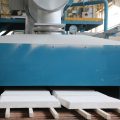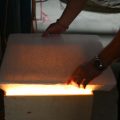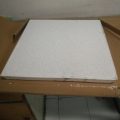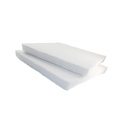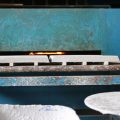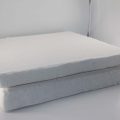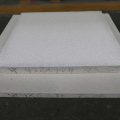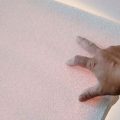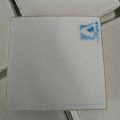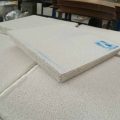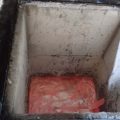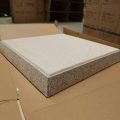Melting Aluminum Ceramic Filter has good high temperature performance, can filter metal aluminum liquid without polluting the alloy, and has good air holes, so it has good filtration and adsorption performance.
The capacity of oxide inclusions and flux inclusions in the metal solution is obtained. It has a good filtering and purification effect, and has excellent high-temperature strength, thermal shock stability and chemical resistance. At the same time, the ceramic foam filter has a simple manufacturing process and can prepare larger-sized filter products.
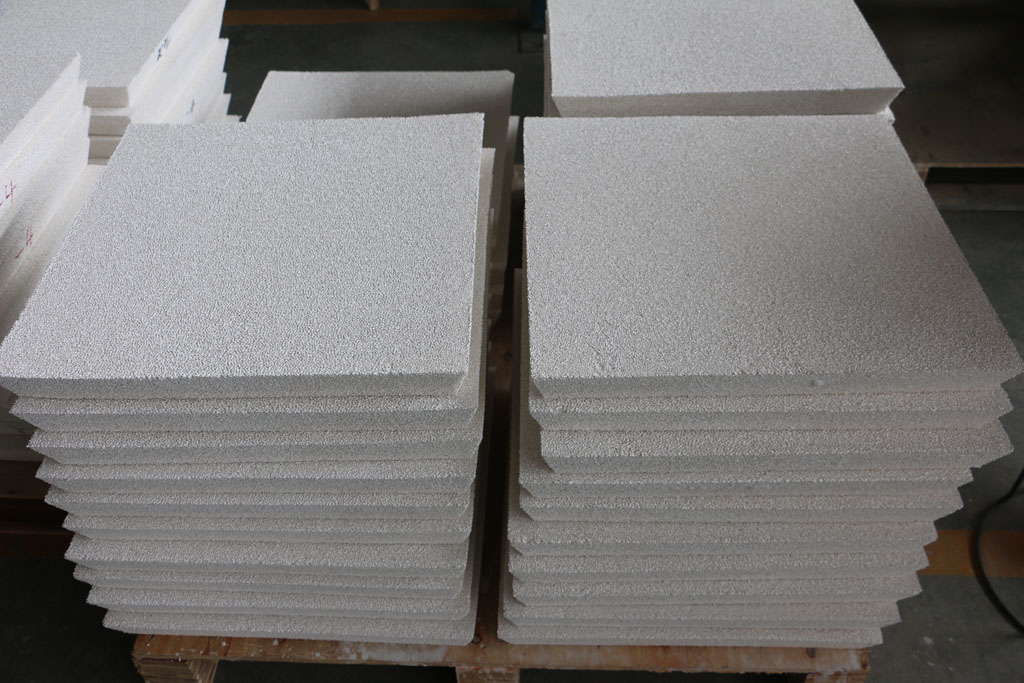
A ceramic filter formed by impregnating cement slurry with organic foam. The composition of the slurry is 20%-50% silicon carbide, 20-50% alumina, 1.5-5.0% aluminum silicate fiber, and it is fired at a temperature of at least 1150°C. In this way, Foam Ceramic Filter has a ceramic matrix in which almost all the aluminosilicate fibers are dissolved.
Melting Aluminum Ceramic Filter is basically divided into 6 pore sizes: 10PPI, 15PPI, 20PPI, 25PPI, 30PPI, and 40PPI. The larger the number, the smaller the aperture. But in actual practice, the four types of 10PPI 20PPI 30PP 40PPI can meet the needs of customers.
Aperture selection
1. The casting: 10~25ppi
2. Semi-continuous casting: 30~60ppi
3. High-quality aluminum or sheet: 50~60ppi
4. Continuous casting and rolling: 50~60p
Ceramic foam filter for aluminum casting manufacturing process
Organic foam is an open network material to ensure that the ceramic slurry can pass freely and adhere to each other, and then fired into a porous skeleton.
When the liquid carrier is water, the organic foam has strong hydrophilicity and is firmly absorbed by the ceramic slurry. Organic foam is usually a polymer sponge prepared by a foaming method. The material of the organic foam can be polyurethane, polyvinyl chloride, polystyrene, latex or cellulose.
Cut the organic foam into pieces of a certain size or other desired shapes. Organic foam can be pre-treated before painting. For example, the organic foam is heated or hydrolyzed to remove the blind film to ensure that the voids are not blocked, thereby increasing the porosity. After hydrolysis, scrub with water repeatedly and air dry for later use.

